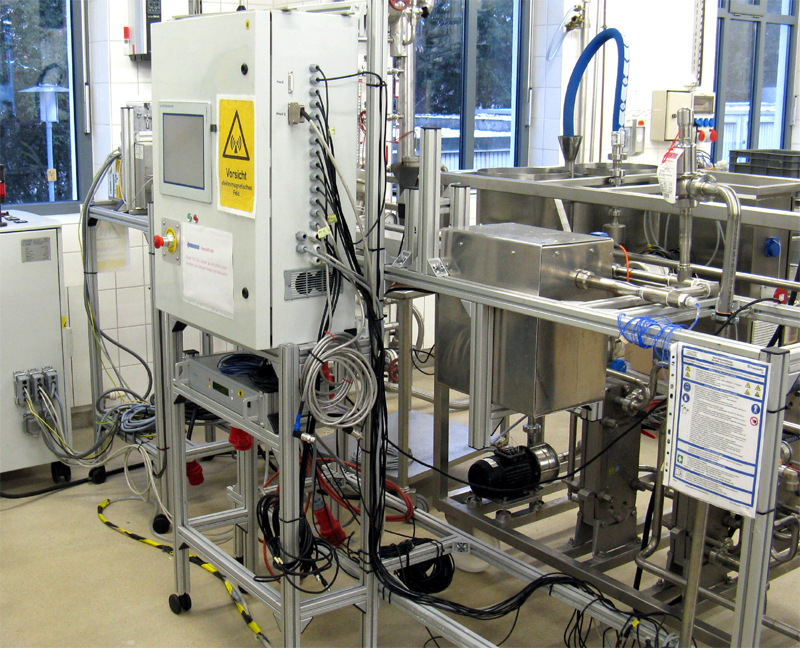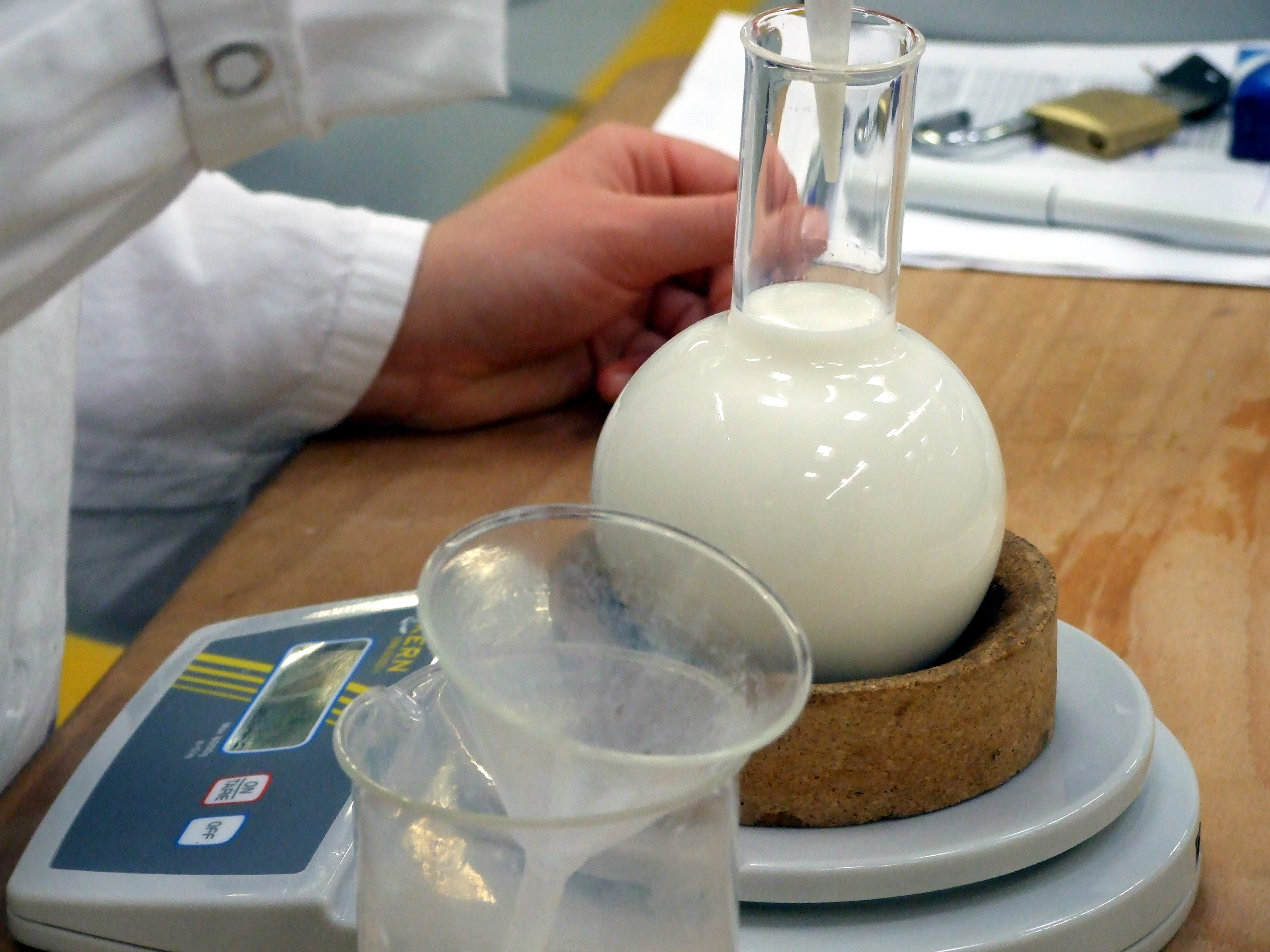Pasteurizing Milk with Microwave Technology
The first step to preserving milk products is to kill some, if not all, of the natural microorganisms that the milk contains. This is done by heating the milk at high temperatures. This preservation process changes depending on the time-temperature profile. A few of these preservation processes include pasteurization, thermisation and ultra-high temperature processing (UHT).
Today, the most common preservation process uses plate heat exchangers to heat the milk. This technology, however, comes with a heavy burden as the temperature gradients between the plate heat exchangers cause milk deposits to form on their surfaces, a reaction referred to as ‘fouling’ in the milk industry. As a result, these plate heat exchangers have to be cleaned regularly which comes at a high cost to the milk industry as production has to be brought to a standstill and a lot of energy and auxiliary materials are required. The milk industry, therefore, is looking to minimize the ultra-pasteurization line’s cleaning times while maximizing the production time. While doing so, they aim to save both water and energy.
The MicroMilk Project – Microwave Pasteurization
In an EU-funded project called MicroMilk, two research institutes, a university, and a pan-European consortium with small and middle-sized companies in the dairy business, microwave technology, and automation have developed promising technology designed to heat milk using microwaves. Due to its volumetric energy input, MicroMilk technology has proven to work very efficiently. With microwaves heating the milk directly, heat plate exchangers are no longer needed. Consequently, milk deposits are reduced. #
Process Development and Testing Equipment
After analysing a number of common heating processes, various concepts were developed to heat milk using microwave technology. These methods were then monitored and optimized in various process simulations. In order to meet the development criteria, the milk was heated quickly and at consistent temperatures. Testing equipment was designed, developed and built. This was followed by field tests being conducted at the University of Hohenheim’s dairy testing lab. These experiments allowed researchers to validate the principles of the procedure and determine the data to the process parameters.
An Industrial Prototype
In cooperation with project partners in the milk industry, an industrial prototype for microwave pasteurization was designed using the quality function deployment method (QFD) and the results gathered by the testing equipment. In order to immediately enable the integration of this microwave pasteurization technology into the production line, the production technology and material technology were taken into account along with the HACCP and GMP guidelines for food processing equipment.
With milk products being at the centre of this research, the goal was to sustain milk’s microbiological, nutritional and organoleptic qualities while improving its preservability. This new pasteurization system has a modular design and its equipment can either be retrofitted into existing systems or used as a single standalone system.
Quality Traits and Advantages
By applying analytical reference methods between conventional, indirect and microwave heating procedures, we were able to make benchmark comparisons which allowed us to examine important quality traits. To this end, microwave testing equipment was integrated into an existing milk pasteurization testing system at the University of Hohenheim’s dairy testing lap (Fig. 1) which included newly developed automation technology (Fig. 2).
With this new integrated testing equipment, we were able to examine the effects the increased temperature gradients (dT/dt) had on the milk. In comparison to conventional preservation processes which use plate heat exchangers, microwaves can heat up milk three times faster, even when conditioned to comparable flow rates and hold times.
In both processes, the milk’s physical-chemical (i.e. Furosine and HMF-Fomations), microbiological, nutritional (i.e. vitamin B1) and organic properties (i.e. the color color and taste) showed no significant difference. Therefore, the product quality reached through microwave pasteurization is comparable to common pasteurization processes.By eliminating the use of plate heat exchangers, the production time between cleaning cycles can be reduced. This saves water and energy while increasing operational efficiency.
Future Prospects
The development made so far has focused primarily on the pasteurization of milk and the most common milk preservation processes used on the Central European market. In relation to the milk’s quality and the reduction of milk deposits, the advantages microwave technology can have in ultra-high temperature processing (UHT) is even more powerful. Therefore, researchers are now working to develop microwave technology even further for UHT processing and other thermal applications. This holds especially true for high viscosity milk products with a low pH value. The MicroMilk-System could also be used for many other food and drink products.
Click here for more information
Abbreviations:
UHT: Ultra-High Temperature Processing
HACCP: Hazard Analysis and Critical Control Points
HMF: Hydroxymethylfurfural
GMP: Good Manufacturing Practice
QFD: Quality Function Deployment
 Fraunhofer Agriculture and Food Industry Alliance
Fraunhofer Agriculture and Food Industry Alliance
